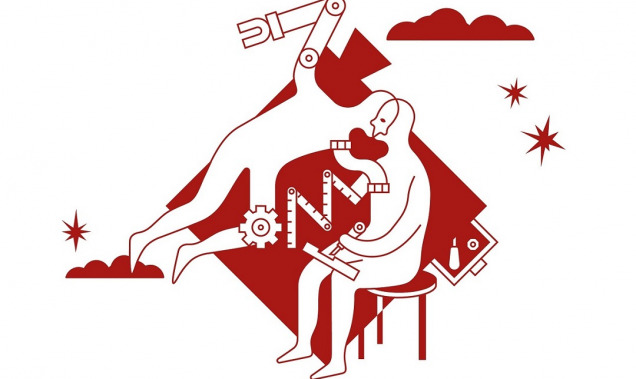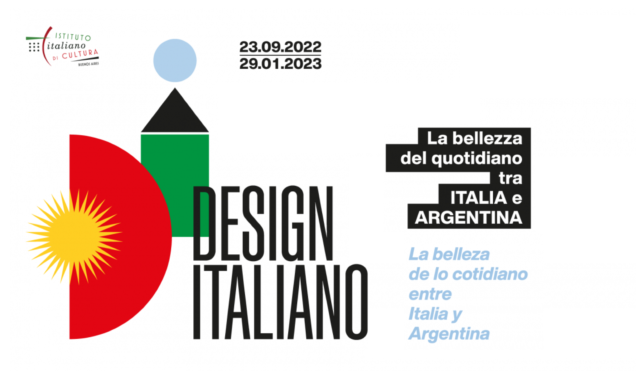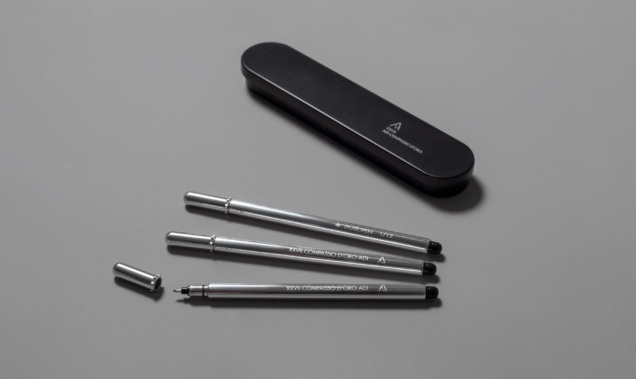Frontiers of Interaction
Frontiers of Interaction 2015 is an International Conference held in Milan. For years the event has been the crossroads of business and design. The focus was originally based on digital and experience design. However, the event has evolved into an innovative co-creation platform to foster and build tangible innovation. The recent event celebrated a decade of FrontiersX by diving into cutting-edge technologies and future trends that are shaping our world. A day was spent exploring trends in co-creation workshops which was followed by a day of keynotes by some of the brightest minds around. Around 400 game changers co-created an exchange of ideas and opinions. Headline topics at FrontiersX included; retail, Fintech, and health. Each topic was hosted by an Industry resident Guru. Our Chief Creative Officer at Design Group Italia, Sigurdur Thorsteinsson, was nominated as the Retail Guru to drive the future vision, mediate the conversation and depict the seamless nature between people and technology. Sigurdur cited massive changes such as Amazon’s physical stores and Walmart’s Supercenter opening in Manhattan (NY), Sigurdur illustrated that the convergence of physical, digital, and sensory experiences are at the heart of people-driven design opportunities.
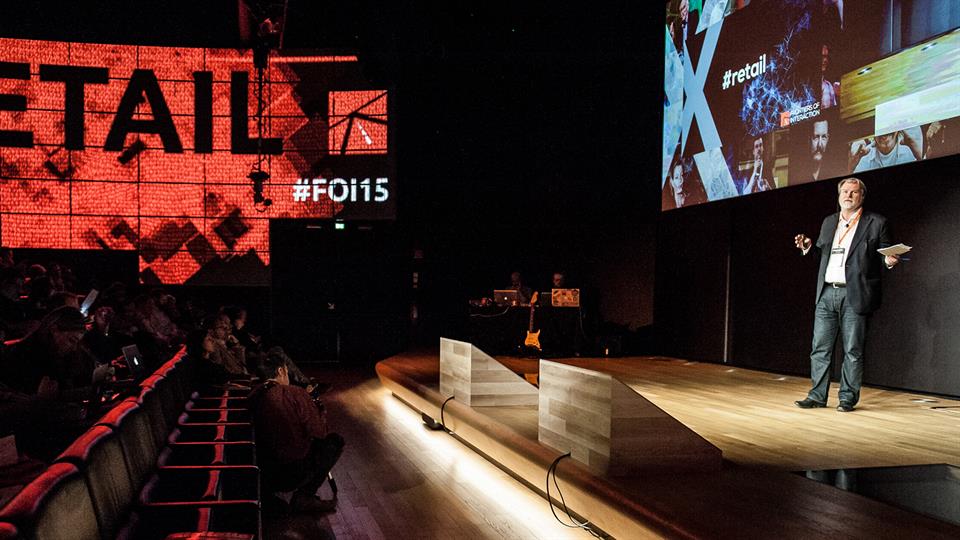
Why Retail, Why Now?
Retail will change more in the next five years than it has in the last fifty. Retail is no longer a store. Retail is an object in your pocket. Retail is a magic wand ready to recognize and buy things for you. Retail is a button on your fridge or a watch capturing gestures and determining new habits. Retail is a space for your brand, a theater for your stories. Retail is provocative, experiential, educational and more than ever a brand experience. Design has a specific advantage by owning the tools to transform an idea into reality. The ability to prototype, story tell and to get to market with a product, service, or brand. Given the disruptive rate of change our competencies in brand, spaces, and product are path finding new solutions through the opportunity of digital transformation.
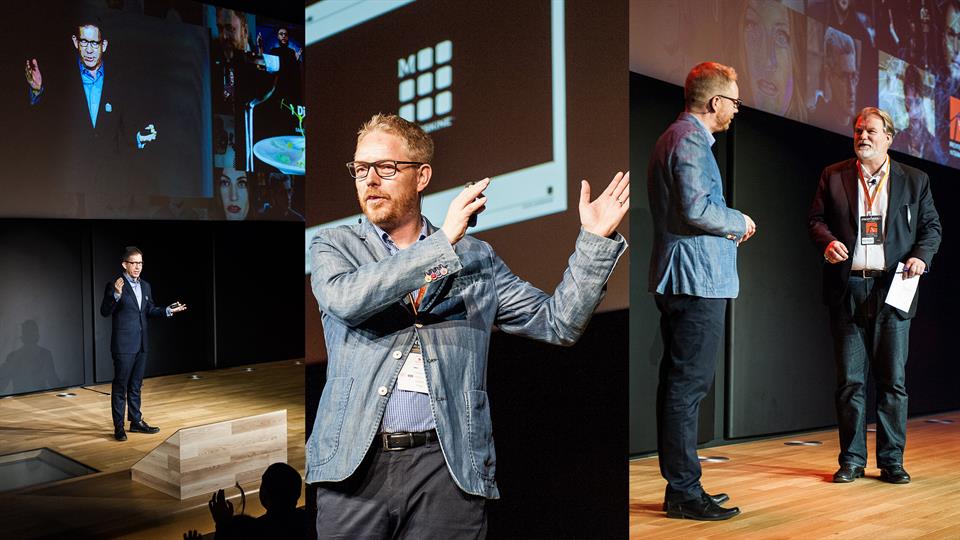
We invited David Rose, the entrepreneur, author of Enchanted Objects, and instructor at the MIT Media Lab. His reoccurring nightmare is that in the future, all of the wonderful everyday objects will disappear and be gobbled up by an unstoppable interface: a slim slab of black glass. David’s keynote described how the return of physical environments act as interfaces to digital information. Using everyday behavior, we are able to access this information naturally and therefore minimize any interruption or annoyance.
Next up…. Chief Digital Officer for Moleskine, Peter Hobolt Jensen, shared his perspective as a protagonist of digital in a quintessentially analog company. In one word, his message was substance. “People love to surround themselves with beautiful objects”. Regardless of the infinite storm of digital gadgets, people have a strong need for the physical to communicate the essence of the digital world. The substance is embedded physically. Peter explained how to create relevant retail experiences which enable consumers to build on their understanding of simple but smart objects.
Then, Head of John Lewis’s Skunkworks team Room Y, John Lewis, shared his ideas on how crowdsourcing ideas and prototyping are essential for building digital innovation and experience. “Everything we are doing is driven by a desire to create not a series of shopping experiences but a seamless shopping journey,” says Vary. “It’s all about humanizing technology in the physical retail space to make the retail experience more interactive and playful. But the ultimate goal is an immersion to build deeper engagement with John Lewis’s products and brand”.
For the retail industry, this is the moment for digital transformation to enable the experience economy. These drivers have set in motion an irreversible change, forming unprecedented challenges, and giving rise to new opportunities. In the retail world, digital transformation is related to the world of data. The digital shopper is now everyone. We seamlessly transition across channels of engagement in a frictionless experience. Discovering how the data economy works within retail is increasingly important. For this reason, alongside CISCO we co-created a workshop called Value of Location-Based Data in Retail Contexts, which explored the map Journey of data. The workshop was led by Peter Newbould, partner and Service Design Director at DGI. Together with UX designers and retailers, we explored how location-based technologies capture data sets from users. We looked for new ways to enable retailers to recapture the attention of shoppers. Once we understood the value from the perspective of key stakeholders in the retail value chain, we negotiated for these specific data sets. The value and flow of data revealed within the system was an eye-opening experience for those that joined the event.
Last but not least, the FrontiersX venue hosted another event that was powered by Design Group Italia. In fact, our partners Carlo Brianza –together with our former UX colleague, Caterina Falleni, lead the workshop: One-Click Devices: The Life After The Smartphone!
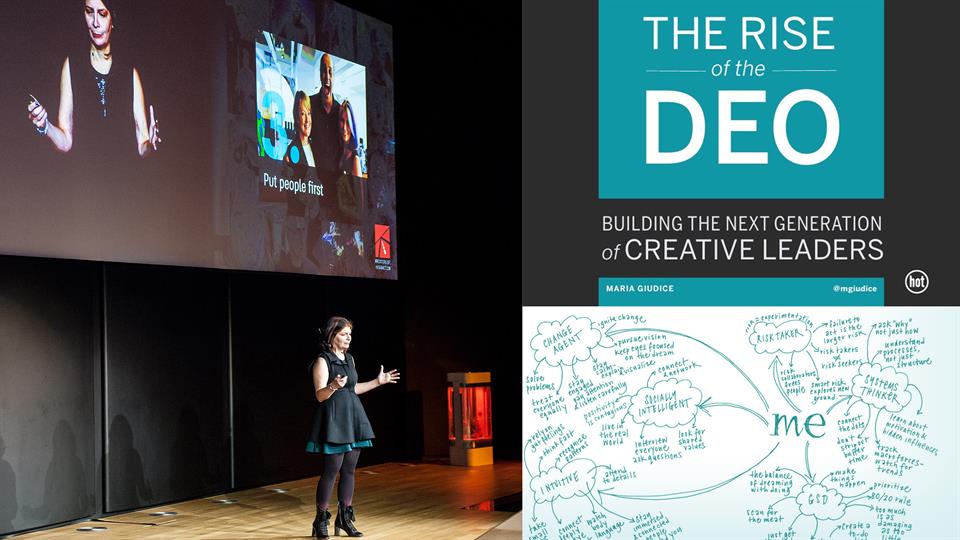
KEYNOTE RISE OF DEO
A key message that inspired the whole business community was delivered by Maria Giudice, Author of Rise of the DEO. Leaders who understand the transformative power of design and embrace its traits and tenets can command in times of change. We call these leaders DEOs—Design Executive Officers—and they are our new heroes.
Capturing the spirit of her core belief, “the success of all businesses lay in people and how we can make powerful connections to each other”, she began her speech by inviting the audience to literally hold and embrace for ten seconds with the person standing next to them in the audience.
In her keynote, she identified the qualities of a new breed of leaders and why this approach makes sense today. DEOs look at every business challenge as a design problem, solvable with the right mix of imagination and metrics. She explored the intersection of creativity and business acumen, explaining how and why this unlikely coupling produces leaders most capable of solving our increasingly complex business problems.
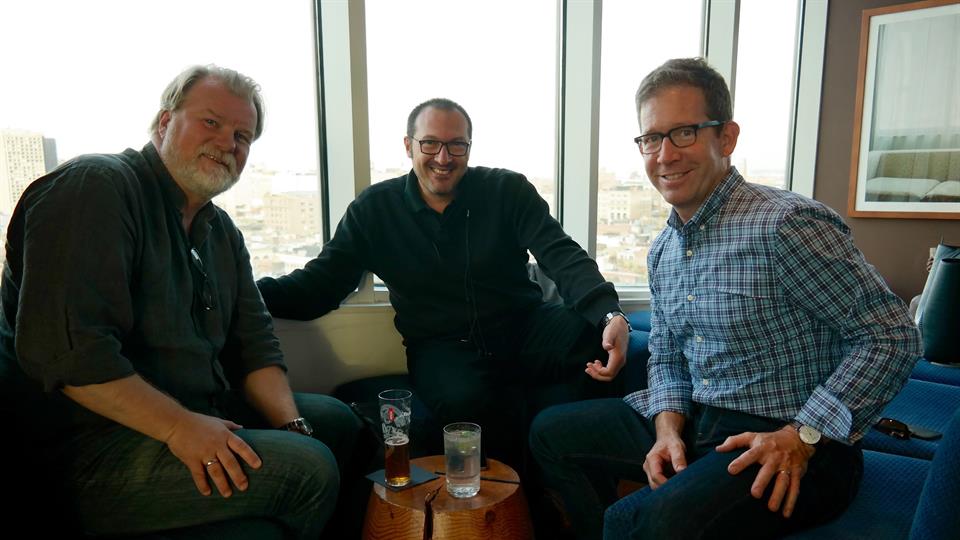
Conclusion
We were honored to be part of this experience. Together with 40+ world-class speakers from different disciplines, we shared insights, strategies, and visions in an open conversation.
We would like to say thank you to everyone who joined the conversation. In particular, authors of the compelling books: Enchanted Objects (David Rose); Microinteractions (Dan Saffer), Singularity: How Fast the Future Arrives (David Orban), and Rise of the DEO (Maria Giudice).
These change agents, risk-takers, system thinkers, socially intelligent, and intuitive people are stepping forward to lead the ever-increasingly complex and globally connected business world. Design creativity has become the number one driver of economic growth.

